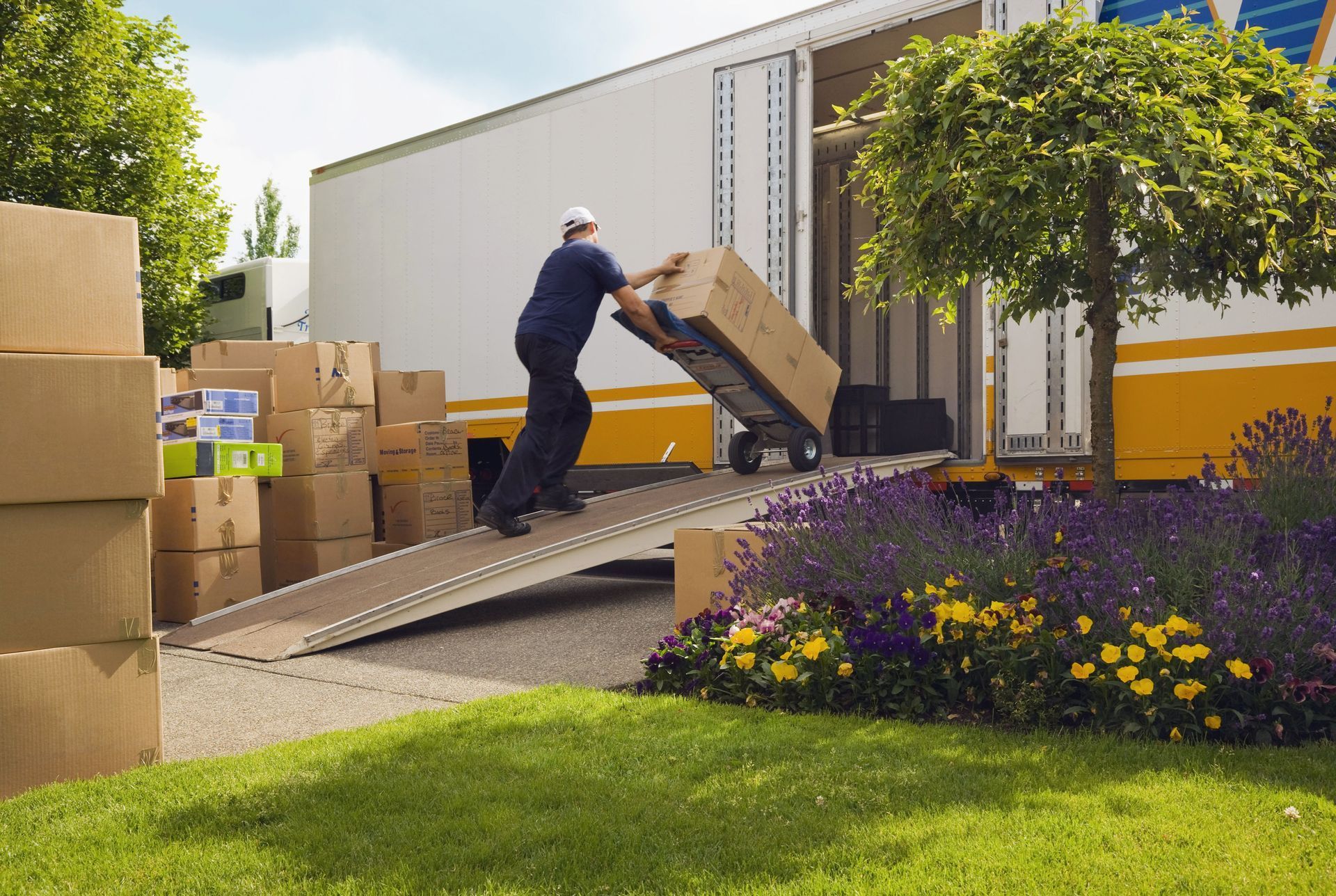September 26, 2025
In the fast-paced world where relocation is more common than ever, the art of working with movers has become an essential skill. This article delves into the various dynamics that come into play, offering insights and guidance for a smooth and successful moving experience.
Understanding the Role of Professional Movers
Firstly, professional movers have become an integral component of modern-day relocation, evolving from simple transporters of goods to highly skilled service providers. They play a crucial role in facilitating an aspect of life that can be both chaotic and stressful. With roots tracing back to the industrial revolution, moving services have transformed from labor-intensive operations to sophisticated logistics solutions. This shift has attracted individuals with a wide range of skills, from customer service to strategic planning.
The skills required to be effective in the moving industry is diverse and constantly evolving. From packing fragile items with precision to navigating complex logistical challenges, professional moving companies need to possess a unique blend of physical strength and intellectual agility. Moreover, understanding the legal aspects, such as insurance and liability, is essential.
Government regulations play a significant role in shaping the moving industry. Licensing and adherence to regulations assure customers of the reliability and professionalism of the service providers. Many countries have strict criteria for mover licensing to guarantee safety and quality. Compliance with these standards is crucial for maintaining credibility in the competitive moving industry.
Preparing for the Move
Preparation is key to ensuring a smooth move. One of the first steps is to declutter your home, making necessary decisions about what to keep, donate, or discard. Streamlining your belongings not only reduces stress but also potentially lowers your moving costs. This process can be therapeutic, offering a fresh start in your new home. It is also important to carefully handle sentimental or valuable items, which may require special packing or transportation arrangements.
Creating a thorough inventory and plan can significantly ease the moving process. An inventory helps track your possessions, providing clarity and reducing anxiety about lost items. It’s also crucial for insurance purposes, should any items become damaged or go missing. Planning includes determining timelines, setting a budget, and deciding on the best season to move. According to US News, with long-distance and interstate moves, you may work with two separate moving crews – one for moving out and one for moving in. This requires additional coordination and planning to ensure seamless transitions.
Packing effectively is another critical component of pre-move preparation. Efficient packing strategies, such as labeling boxes by room and content, make both the moving process and unpacking much simpler. Using quality packing materials can prevent damage and the costs associated with replacing broken items. There are also eco-friendly packing options available, which can reduce the environmental impact of your move. By organizing items logically, you ease the job for the movers and contribute to an efficient overall process.
Navigating Moving Day
In addition, moving day is often the most stressful aspect of relocation, requiring careful orchestration to ensure everything runs smoothly. Punctuality is critical, as delays can disrupt all subsequent plans. Ensuring communication lines are open with your moving companies will help mitigate any timing issues. A shared schedule or timeline can be immensely helpful. It is also wise to account for potential traffic or weather-related disruptions in your logistics planning.
The loading process involves more than just heavy lifting; it requires strategic planning to optimize space and protect items. Movers are trained to utilize space efficiently to minimize risks of damage. Delicate or high-value belongings require additional care, often needing specialized packing techniques. The key is to maximize the balance between space and safety, which professional moving companies are adept at achieving. By understanding these techniques, you can work with your mover to ensure the security of your possessions.
Safety is a paramount concern during any move, requiring adherence to standards and best practices. Ensuring that moving companies follow the proper safety measures prevents accidents and injuries. Clear and effective communication is essential to coordinate actions and deliver instructions, and it minimizes confusion and prevents mishaps. A written agreement or itinerary can facilitate this communication. Establishing a contact person responsible for decision-making can also streamline processes and address any issues immediately.
Overcoming Challenges During the Move
Moving, despite meticulous preparation, can often involve unexpected challenges. Last-minute changes, such as a mismatch in expected versus actual moving dates, require flexibility and adaptability from both client and movers. For long-distance moves, coordinating between separate moving crews adds a layer of complexity and potential for miscommunication, but working with the same company for both instances can be beneficial. This makes real-time communication crucial in addressing any adjustments that need to be made on the fly. Staying calm and solution-focused is key in managing these transitional nuances.
Accidents and damages are unfortunate, but sometimes unavoidable realities in moving. Although professional moving companies exercise great care, even the best can encounter incidents. Having a well-documented inventory, alongside photographic evidence, assists in smooth claims processes with moving insurance. Policies regarding liability and compensation, often outlined in the initial mover-client agreement, are instrumental here. This highlights the importance of entrusting a reliable and experienced moving company to mitigate such risks as much as possible.
Moving is not just physically demanding but also an emotionally taxing process. The stress of leaving familiar surroundings and entering new territories can take its toll. This emotional aspect is often underestimated, but acknowledging and preparing for it can ease psychological burdens. Having a support network or utilitarian approach, such as focusing on the exciting prospects of relocation, can promote positivity. Managing stress effectively during this time ensures a healthier transition for all involved.
Settling In After the Move
Finally, settling into a new home involves a systematic approach to unpacking and organization, vital for establishing normalcy. Prioritizing essential items first allows you to create a sense of functionality amid initial chaos. Breaking down tasks into manageable steps ensures efficiency without feeling overwhelmed. This phased handling of unpacking aids in seamlessly adjusting to your new surroundings. Furthermore, involving all household members in this process can foster familial cooperation and cohesion.
A comprehensive check for missing or damaged items is essential once the move is complete. Comparing your initial inventory against what has arrived helps in promptly identifying any discrepancies. Reporting any issues to the moving company should be done immediately for swift rectification. This check should also ideally be done while unpacking when items are being re-acquainted. By associating this with the unpacking process, you smoothly transition from transit to resettling.
After relocating, updating your personal information and documentation is a crucial step often neglected in the excitement or fatigue post-move. Ensuring that address details are updated with banks, utilities, and insurance companies prevents future inconvenience. Additionally, informing municipal offices, such as for taxes or voting registration, is necessary to maintain regulatory compliance. Moving can also be an opportunity to re-evaluate and alter certain subscriptions or services as per your new location.
The dynamics of working with movers encompass a variety of factors, from preparation to execution and post-move adaptation. By understanding and navigating these complexities, individuals can ensure a smoother transition to a new home, making the experience as stress-free as possible. Contact Precision Moving Company today to get started with our moving services.




